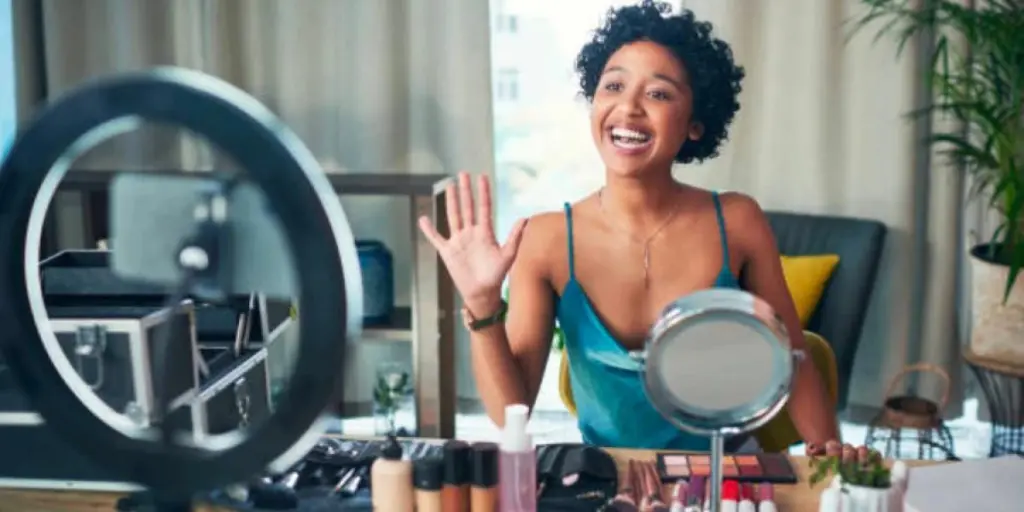In today’s digital age, beauty influencers have become key players in shaping consumer preferences and driving brand engagement. With their vast online following and authentic content, beauty influencers have the power to influence purchase decisions and build brand loyalty.
For businesses operating in the beauty industry, understanding the evolving landscape of beauty influencers is essential to harness their potential and leverage their influence effectively.
This article will explore five important aspects businesses should know about beauty influencers, from the shifting perceptions and rising importance of micro-influencers to the role of user-generated content and the impact of technology in influencer marketing.
By gaining insights into these key factors, businesses can develop strategic partnerships and campaigns that resonate with their target audience and drive business growth.
Table of Contents
The scoop on beauty influencers
The shifting landscape of beauty influencers
Keeping up with influencer marketing in the beauty industry
The scoop on beauty influencers
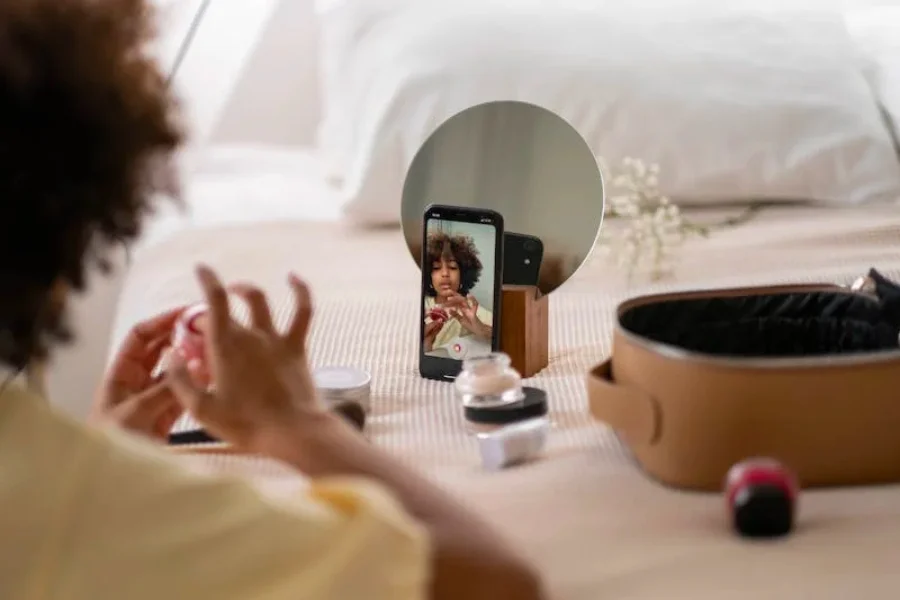
In today’s digital age, beauty influencers have become a force to be reckoned with in the beauty industry.
These influential individuals leverage their online presence and engaged audiences to promote and endorse beauty products, creating a significant impact on consumer purchasing decisions. Businesses should recognize the power of beauty influencers and understand how partnering with them can generate substantial profits.
By collaborating with a beauty influencer whose values align with their brand, businesses can tap into their loyal following and gain access to a targeted audience. Beauty influencers have the ability to authentically showcase products, provide tutorials, and share honest reviews, fostering trust and credibility among their dedicated followers.
This level of influence translates into increased brand visibility, heightened product awareness, and, ultimately, a boost in sales and revenue. Investing in partnerships with beauty influencers can provide businesses with a direct line of communication with their target market and significantly enhance their bottom line.
The shifting landscape of beauty influencers
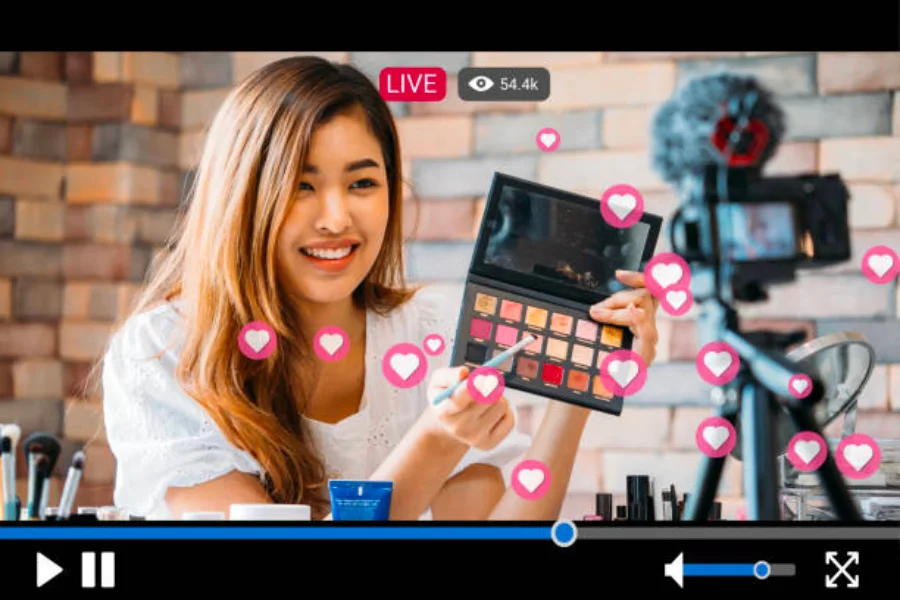
In the ever-evolving world of beauty influencers, it is crucial for businesses to stay abreast of the shifting landscape.
The perception of beauty influencers has undergone a transformation in recent years. Gone are the days of unattainable standards and overly polished content. Instead, there is a growing emphasis on authenticity and relatability.
Influencers who share their genuine experiences, flaws, and challenges have garnered a dedicated following. Moreover, there has been a noticeable shift toward promoting diversity, inclusivity, and body positivity in influencer content. Beauty influencers use their platforms to celebrate all skin tones, body shapes, and identities, creating a more inclusive beauty community.
The power of micro-influencers
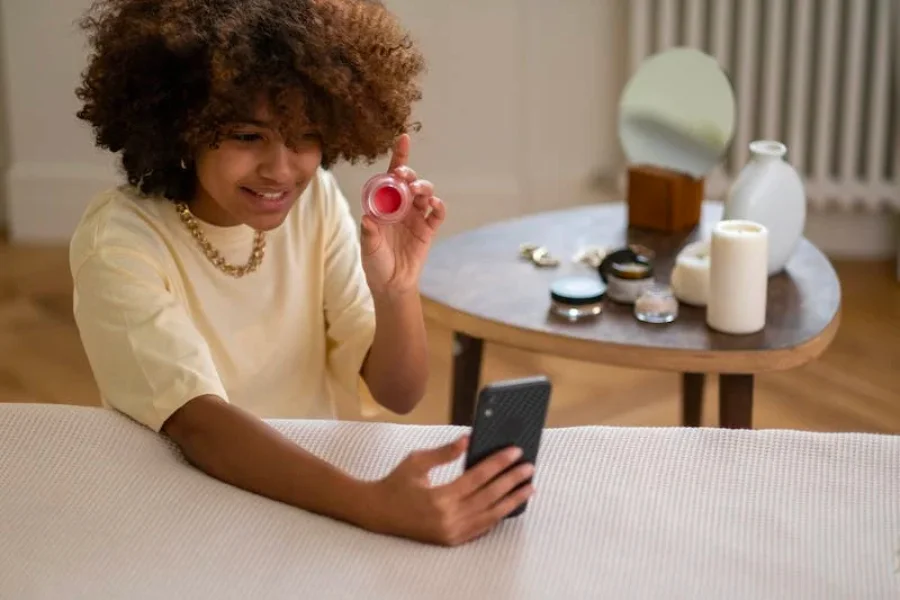
While macro-influencers with millions of followers still hold significant influence, the rise of micro-influencers has reshaped the beauty industry.
Micro-influencers are individuals with smaller yet highly engaged social media followers in the range of 1,000 to 100,000. Collaborating with micro-influencers can be incredibly beneficial for brand marketing.
These influencers often have a niche focus and a dedicated community of followers who trust their recommendations. An example of this would be someone who has a specific audience of people interested in sustainable vegan products.
By partnering with micro-influencers, businesses can tap into their authentic and relatable content, leveraging their genuine connections with their audience. The cost-effectiveness of working with micro-influencers compared to macro-influencers is an added advantage for businesses with limited budgets.
Successful case studies showcasing effective micro-influencer campaigns abound, demonstrating the potential for businesses to reach targeted audiences and drive meaningful engagement and conversions.
From influencer to brand collaborator
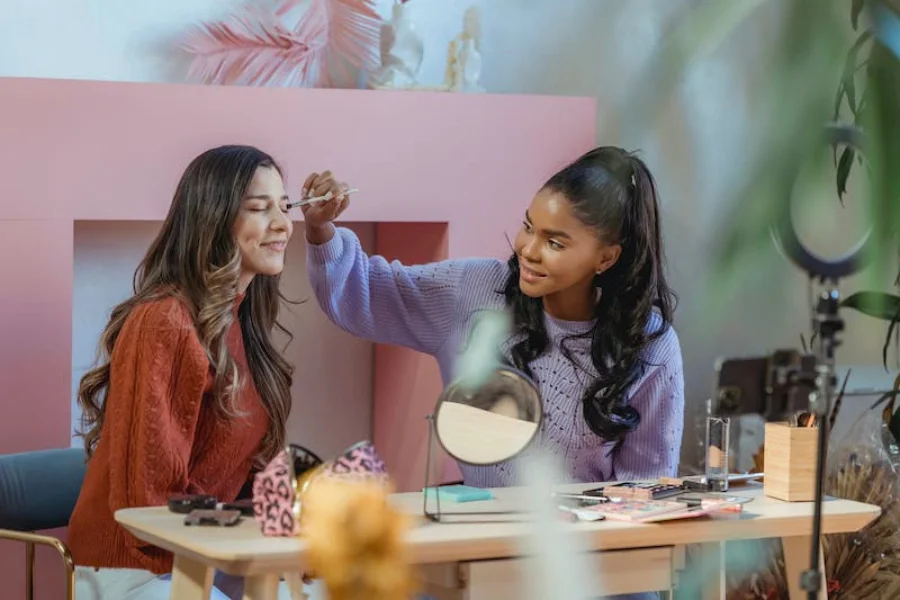
These partnerships go beyond one-off sponsored posts and delve into a deeper and more meaningful relationship between the influencer and the brand.
One example of this would be a brand with skincare for a diverse range of skin types partnering with an influencer who values inclusivity.
By forging these deeper connections, businesses can tap into the influencer’s expertise, creativity, and unique perspective, while influencers gain the opportunity to align themselves with brands they genuinely believe in.
This shift from influencer to brand collaborator not only enhances credibility but also strengthens brand identity and fosters a sense of trust with the audience.
The rise of user-generated content
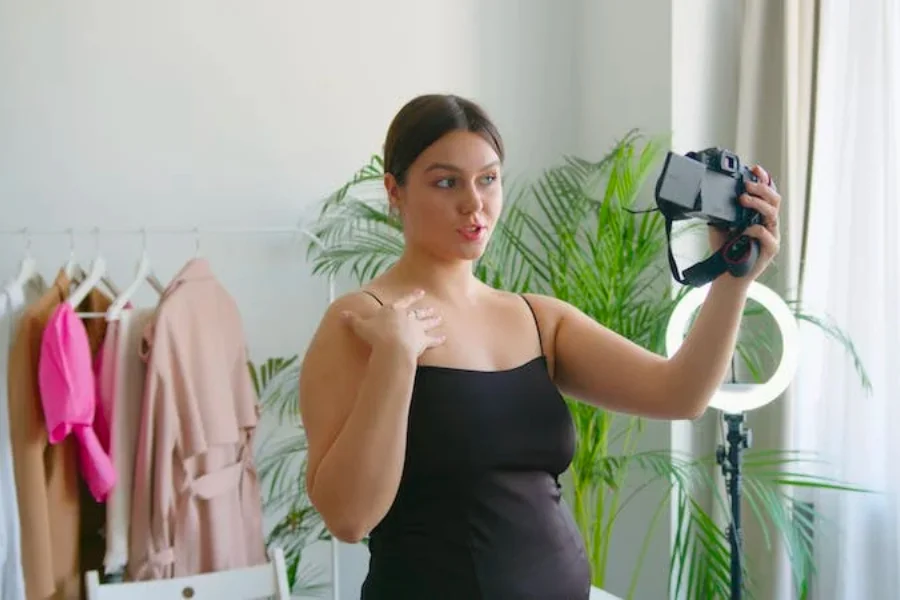
In the rapidly evolving world of beauty influencers, the landscape has witnessed a significant rise in user-generated content (UGC) and its impact on brand perception. UGC refers to content created by consumers, fans, or followers of a brand or product.
It has become a powerful tool for businesses to engage with their audience and shape brand perception. Beauty influencers are crucial in encouraging and curating UGC, as their followers often seek inspiration and validation from their content.
By leveraging UGC, businesses can foster a sense of community and authenticity, as well as increase engagement and brand loyalty. Incorporating UGC into brand marketing strategies can be done through contests, hashtags, or collaborations with influencers.
By actively involving their audience in content creation, businesses can tap into the creative potential of their customers and amplify their brand message.
The role of technology in influencer marketing
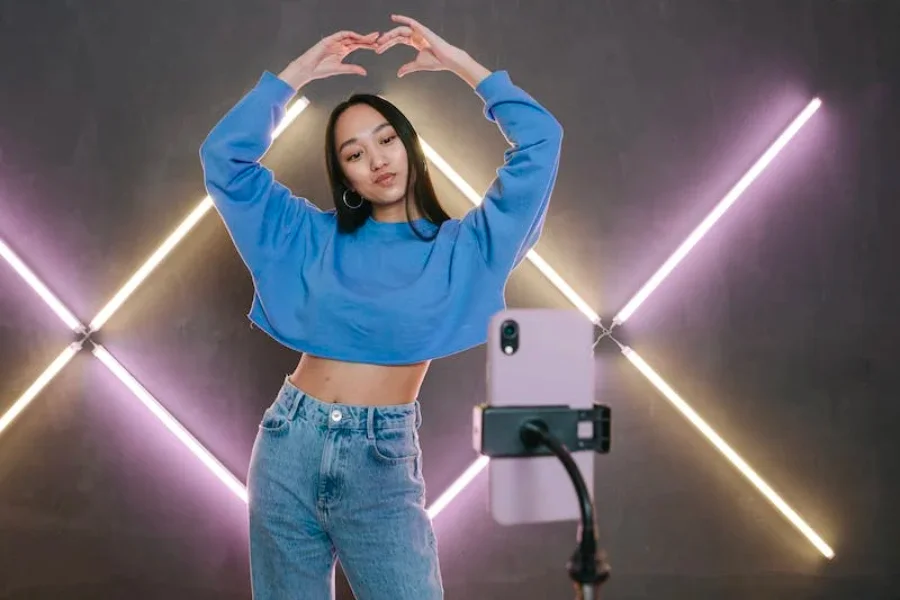
The role of technology in influencer marketing cannot be overlooked. Businesses can now leverage AI and data analytics to identify the right influencers for their campaigns and optimize their strategies for maximum impact.
These advanced tools help understand audience demographics, engagement rates, and follower authenticity, ensuring a more targeted and effective approach. Another exciting trend is the rise of influencer-driven virtual try-on experiences, where beauty influencers collaborate with brands to showcase products virtually, allowing consumers to visualize and experiment with different looks.
Additionally, innovations in influencer tracking and ROI measurement provide businesses with valuable insights into the effectiveness of their influencer collaborations, helping them make data-driven decisions.
Keeping up with influencer marketing in the beauty industry
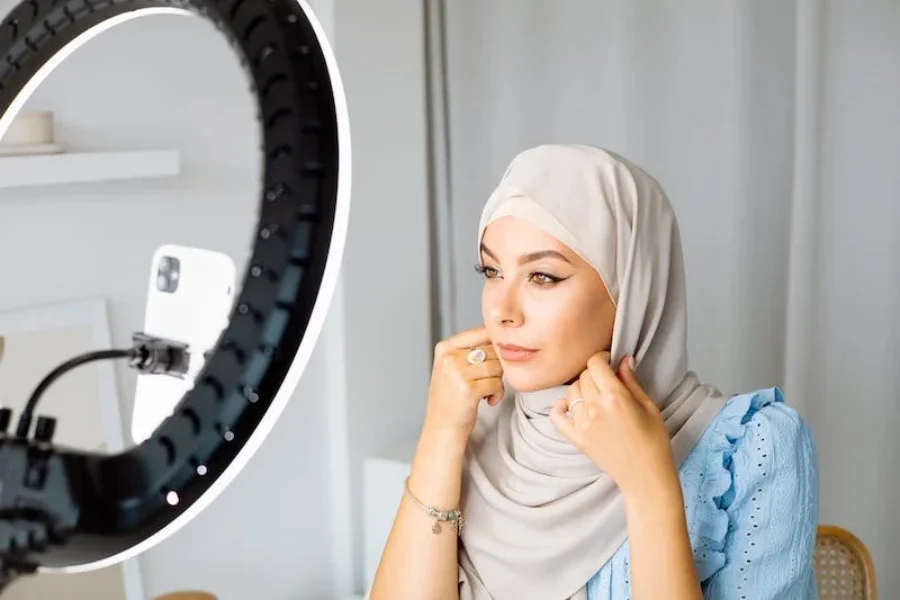
As the beauty industry continues to evolve, beauty influencers have proven to be invaluable assets for businesses seeking to connect with their target audience authentically.
By recognizing the shifting landscape of beauty influencers, understanding the power of micro-influencers, embracing user-generated content, and harnessing the potential of technology in influencer marketing, businesses can unlock new opportunities for growth and brand visibility.
Collaborating with beauty influencers who align with brand values and have an engaged following can yield significant results in terms of increased brand awareness, customer engagement, and ultimately, profitability.
